At Kensington Medical we specialise in nose reshaping surgery. Our plastic surgeons have extensive rhinoplasty experience and will recommend the best type of nose surgery for your face shape.
We don't just offer one type of nose surgery, we offer the best procedure for your nose and importantly to suit your face. In your face to face consultation we discuss the best rhinoplasty procedure to suit your face.
Rhinoplasty is a prominent type of facial plastic surgery aimed at correcting a nose. A rhinoplasty can be undertaken for cosmetic reasons, for repairs after an injury, including after vehicle accidents and sports accidents.
It is a popular procedure for men and women aged 18 to 40 to improve a person's nose and facial appearance.
Rhinoplasty is the medical term for nose job, nose reshaping or nose surgery. It is a procedure that enhances facial harmony and the proportions of your nose. It can also correct impaired breathing caused by structural defects in the nose, such as an upturned nose that causes a collapse in the nasal airway and repair damage from accidents.
Rhinoplasty, commonly referred to as a nose job, is a surgical procedure designed to reshape, correct, or reconstruct the nose.
This popular cosmetic surgery can address both aesthetic and functional concerns, making it a versatile option for many patients. Whether you’re looking to enhance the appearance of your nose, improve nasal function, or correct birth defects or injuries, rhinoplasty offers a solution.
This surgical procedure can also alleviate issues such as breathing difficulties, sleep apnea, and snoring, providing both cosmetic and health benefits.
There are two rhinoplasty procedures: surgical or non-surgical.
Non-surgical rhinoplasties are performed with facial fillers and alter the shape of the nose. They do not have a functional purpose. Their effects are temporary, lasting for around one year.
Surgical rhinoplasties involve changing the bone, cartilage, skin, or a combination of all three. They take one to three hours, depending on the specific surgery, and patients can go home on the day of the procedure.
At Kensington Medical, our plastic surgeons have performed hundreds, in some cases thousands, of rhinoplasties, including revision rhinoplasties, septoplasties for a deviated septum, dorsal hump removal and septorhinoplasties.
Other related nose surgeries include nose tip surgery, alar base reduction.
Rhinoplasty is a popular cosmetic surgery in London, UK for men and women. Patients decide to have a rhinoplasty to achieve the following:
Medical and psychological research has shown that rhinoplasty can significantly improve patients' quality of life for function and appearance.

Rhinoplasty Before & After Images
At Kensington Medical we specialise in nose reshaping. Our plastic surgeons have extensive experience and will recommend the best type of nose surgery for your shape. We don't just offer one type of nose surgery. It's important to fully discuss what is the best option for the results you are looking to achieve.
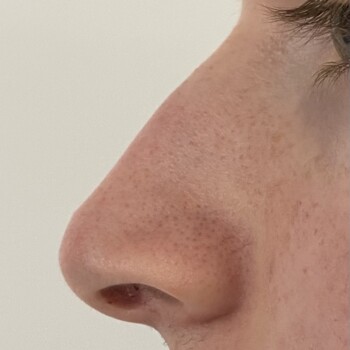
Before
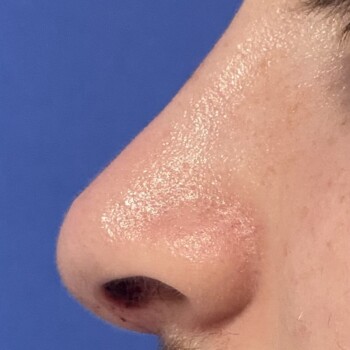
After
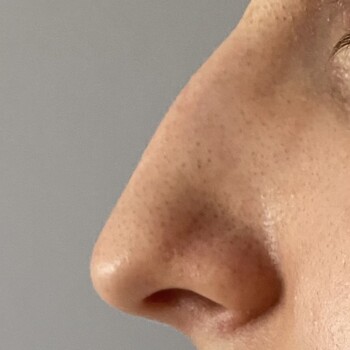
Before
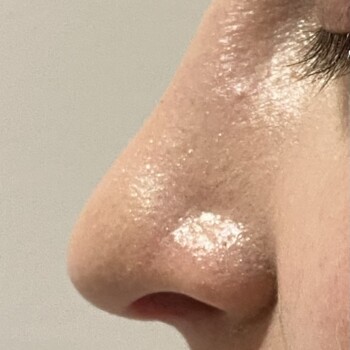
After
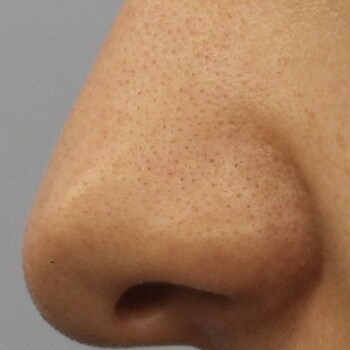
Before
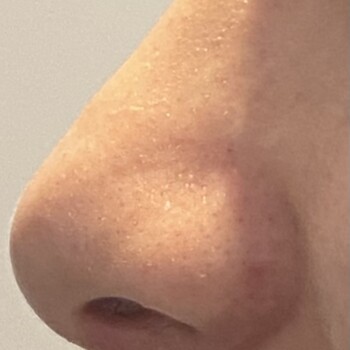
After
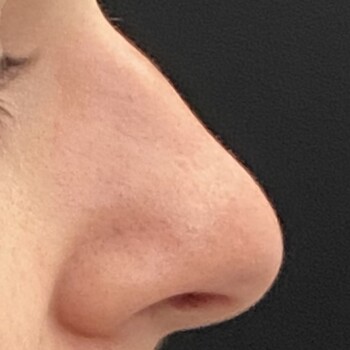
Before
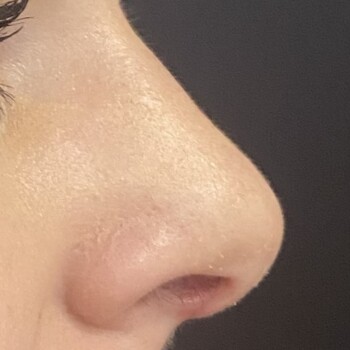
After
The nose is made up of two main sections:
For the two sections:
The following are common shapes that patients seek to correct through nose surgery:
Possible changes that your surgeon can make to your nose through rhinoplasty include:
Chin augmentation can be considered alongside rhinoplasty to enhance facial proportions and achieve symmetry, especially in male patients to increase masculine features.
Nasal surgery is a commonly performed procedure with a variety of different techniques. The structure of the nose comprises skin, cartilage, and bone. Different types of rhinoplasty operations can affect one or several of them, depending on the result you want to achieve and the shape of your nose.
Nose reshaping surgery can be used for both aesthetic enhancements and functional corrections, addressing issues such as previous trauma or breathing difficulties.
At the consultation, your surgeon will thoroughly discuss the different options with you. This appointment will help you better understand what you want to achieve and advise you on available options.
Closed rhinoplasty is when the incisions are made through the nostrils. Also known as endonasal rhinoplasty, the advantages include:
The closed technique is limited in the scope of correction to the size and shape of the nose.
Open rhinoplasty is a surgical operation where the columella, the tissue situated between the nostrils, is cut open. An open rhinoplasty allows better visualisation of the nose and provides enhanced control over the desired shape of the nose. It also minimises damage to the internal structures of the nose. Also, it makes it easier for using grafts in surgery.
There are more potential complications with this technique. Difficulties are more likely to occur because this rhinoplasty procedure takes longer, and you can experience more post-surgical swelling. However, it leaves a smaller scar on your columella.
A septorhinoplasty is a rhinoplasty operation that changes the shape of your nose while also restoring breathing. The primary purpose of a septorhinoplasty is to correct the position and shape of a deviated nasal septum. This means it straightens the wall and cartilage that divides the space between the two nostrils, the wall is called the septum. A deviated septum occurs when that wall is crooked. However, it may also be performed to remove hypertrophic (enlarged) nasal cartilage for cosmetic reasons. Depending on the condition and desired result, a septorhinoplasty can be a closed or an open procedure.
A tip-plasty is the perfect option for patients who want a less invasive rhinoplasty and will take less time. A rhinoplasty is much more invasive and may be uncomfortable as it affects the cartilage in the nose and the nasal bone.
A tip-plasty only involves altering the shape of the tip and nostrils. This procedure lasts typically 45 minutes to one hour, and there will be minimal bruising after surgery. You'll be able to go back to work soon after.
Ultrasonic Rhinoplasty
An ultrasonic rhinoplasty uses high-speed sound waves to reshape the nasal bones and cartilage. Traditional rhinoplasty requires the cutting and removing of excess bone and cartilage. Ultrasonic rhinoplasty advantage is that it is minimally invasive and can be quicker to perform which means less time having a general anaesthetic with fewer risks.
The procedure typically involves making small incisions in the nose's skin, exposing the underlying bone and cartilage. The plastic surgeon then uses an ultrasonic device to break up and reshape the bone and cartilage. This can help with more precise sculpting of the nose, which can result in a more refined shape.
The preservation rhinoplasty approach is a recent one that aims to preserve the skin, soft tissue, and network of ligaments holding the soft tissue around the nose. This procedure can be performed using either the closed or open technique. It has become popular because it minimises the need for grafts and results in less swelling and a faster recovery.
At Kensington Medical, our plastic surgeons do perform preservation rhinoplasties. Ask about it in your consultation.
Explore our blog to learn more about preservation rhinoplasties.
Our experienced team of Kensington Medical nose surgeons offer customised care and an individual approach to ensure you get the best results from your rhinoplasty procedure.
Pre-operative consultations
The start of your journey involves a conversation with your surgeon during the pre-operative consultations. This important step allows you to develop trust in your surgeon and helps your surgeon understand your objective. At Kensington Medical, individuals considering surgery often undergo multiple consultations with the surgeon. Our primary focus is to ensure that our patients are thoroughly informed before deciding about surgery and have ample opportunity to ask questions about all aspects of the procedure. Generally, our patients require two pre-operative consultations.
The initial consultation usually takes place in person. Its main objective is as follows:
After the first consultation, we will send you the following information:
In most cases, a second pre-operative consultation takes place. This is because:
This second consultation can either be in person or via a video call.
After you have been through the pre-operative consultation process, our medical staff remain available to answer any questions or concerns you may have in deciding whether to go ahead with surgery.
Pre-operative care
After you have decided to proceed with surgery, we will schedule your procedure at one of our hospitals specialising in cosmetic surgery.
You will be asked to fill out a health questionnaire prior to your surgery. Your anaesthetist will evaluate it and may contact you to go over some aspects of your medical history. You might need to visit the clinic for blood tests. One of our medical staff will go through this with you before your planned appointment.
Additionally, we will give you pre-operative instructions. In particular:
The day of your procedure
You will be asked to arrive at the hospital one hour before the scheduled surgery time. Your blood pressure and other relevant health measurements will be taken by the hospital's nursing staff. Then you will meet your anaesthetist for a final check-up. Finally, your surgeon will mark you up in preparation for the surgery.
You will then be put to sleep and taken to the operating theatre. There are two broad categories of rhinoplasties: closed and open. In a closed rhinoplasty, your surgeon will make cuts inside the nostrils, leaving no visible scars. An open rhinoplasty involves a cut between the nostrils and allows a much wider range of possibilities.
The operation may involve a great number of different techniques and steps, depending on the objective of your rhinoplasty. For instance, the surgeon may:
In most cases, we perform this procedure under general anaesthesia. It lasts 1.5 to 3.0 hours. The operation does not generally involve an overnight stay in hospital.
You will be transferred to the hospital's recovery room after your procedure, where the nursing team will monitor your recovery. Depending on the surgery, you should spend two to four hours there. Your nose will be fitted with a protective cast, which you will wear for around one week after the operation. You will leave the hospital with a friend or a family member after the nursing staff is confident that you are fit enough to return home. You should make plans for a friend or a family member to spend the first night post-surgery with you. Although the pain post-operatively is generally not severe, you will be given painkillers just in case.
Our nursing staff will be on call after you are discharged from the hospital to make sure your recovery is as pain-free and comfortable as possible and to answer any questions you may have.
Post-operative care
The aftercare is a critical step to ensure the best outcome for your rhinoplasty.
In the weeks following your operation, your surgeon will meet you several times in consultation to deliver your post-operative care:
Post-operative instructions
Based on your state of health and on the nature of your operation, our medical staff will provide you with specific aftercare recommendations, including when it is safe to resume your daily activities such as work, exercise, travel, etc. To minimise the likelihood of post-operative complications or adverse outcomes, it is crucial that you follow these directions carefully. In particular, you should not wear glasses for two weeks after surgery; and you should not practice sport for six weeks after surgery.
Because exposure to the sun can result in scars, discoloration, and other undesirable side effects, protecting your face from the sun in the weeks after the operation is important. When outdoors, you should wear a hat and use sunscreen. You should also refrain from activities demanding significant facial movements (such as singing or acting) for a few weeks post-surgery. Our medical team will tell you when you can resume your normal activities.
You can ensure that you get the best outcome from your rhinoplasty by adhering to the advice of our medical staff and by protecting your face as highlighted earlier. A healthy lifestyle also makes a significant, positive contribution to the healing process and the surgical outcome. This includes getting enough rest, having a balanced diet, and keeping well hydrated at all times. Additionally, it is recommended to abstain from smoking and drinking both before and throughout the recovery process.
For more information on rhinoplasty recovery follow rhinoplasty recovery time.
Follow-up care appointments
Following rhinoplasty, you must attend the pre-booked follow-up appointments with our nurse and your plastic surgeon to ensure proper healing and the desired outcome from the procedure. Our nurse will provide you with this information and instructions on appropriate aftercare and when to return for further follow-up appointments.
How to achieve the best results
Ensuring proper aftercare throughout recovery is critical to achieving the best possible results. Suggested tips are given to help you get the most out of your rhinoplasty. Such as:
We provide clear guidelines pre and post-nose surgery to ensure you have the best possible rhinoplasty recovery.
Our clinic is committed to providing our patients with the best possible care and recovery so you can feel confident about choosing us for your rhinoplasty procedure. With our team of skilled surgeons and experienced medical staff, you can be sure that your health and safety are well cared for. Contact our team today to learn more about rhinoplasty and how we can help you get the desired results.
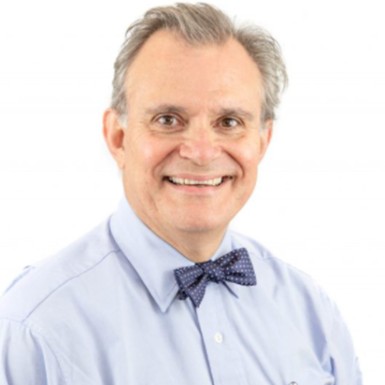
Mr David Gateley
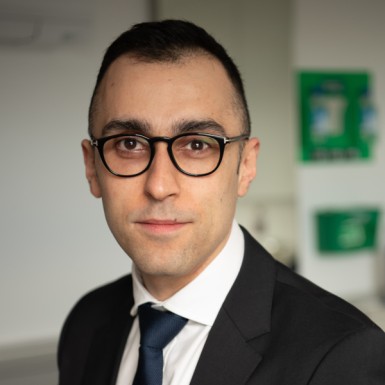
Mr Amir Sadri
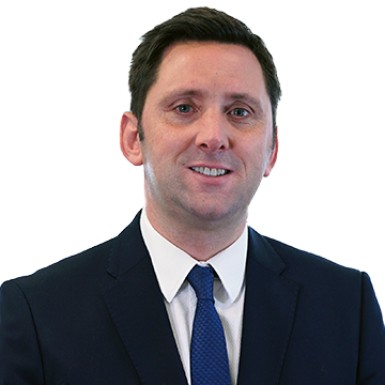
Mr Paul Tulley

Mr Naveen Cavale
What are the risks associated with a rhinoplasty?
Some patients find breathing through their noses difficult during the recovery period. There's a small risk of permanent numbness in the nasal area, and specific procedures can leave visible scarring. There's also an increased danger of excess bleeding and post-operation infection. The risks will be discussed in your consultation with your plastic surgeon.
What is the recovery time from a rhinoplasty?
Recovery time varies by procedure type. All rhinoplasties are outpatient, meaning you can go home on the day of the surgery.
What scarring can be expected from a rhinoplasty?
Depending on the nose surgery there are different outcomes. Your surgeon will cover this in your consultation.
How soon will I see results / are they permanent?
You should see the results when the bandages are removed although there will be swelling and bruising.
How much does a rhinoplasty cost?
The cost of a rhinoplasty depends on many factors such as: the type of rhinoplasty (open or closed, septorhinoplasty, septoplasty, preservation rhinoplasty, ultrasonic rhinoplasty, rhino tip or standard rhinoplasty); whether a graft is involved; and whether an overnight stay in hospital is required.
Your plastic surgeon will give you a full explanation of the options during your consultation and will recommend the best treatment plan for your condition and your objectives.
The price of a standard rhinoplasty starts at £7,300.
How should I prepare for a rhinoplasty?
Your plastic surgeon will give you specific advice on how to prepare for your treatment. This will be based on your pre-operative medical at Kensington Medical. It may include:
All the information will be provided and a 24 hour helpline is available. Your pre and post operative appointments will ensure you feel confident with the exciting journey ahead.
Preparation for Rhinoplasty
Proper preparation is crucial for a smooth and successful rhinoplasty surgery and recovery. At Kensington Medical we recommend that all of our patients avoid smoking and nicotine for about 3 months before and after the surgery, to ensure healing. It is important to not take any non-steroidal anti-inflammatory drugs for two weeks before and after the procedure to minimise the risk of bleeding.
During the pre-operative consultation, We take patients medical history, ask about any previous surgeries or allergies, with their rhinoplasty surgeon. Our thorough consultation helps to determine the best course of treatment and allows patients to address any concerns or questions they may have, ensuring they are well-prepared for the surgery.
When will I see before and after images of a rhinoplasty?
During your consultation, your facial plastic surgeon will share before and after images of previous rhinoplasty surgeries that they have performed so that you can see the types of results you should expect.
What are the benefits of a preservation rhinoplasty?
Because a preservation rhinoplasty is not as invasive as a traditional rhinoplasty, it presents a number of significant benefits: in the majority of cases, there is no external scarring; there is less post-operative bruising and swelling; breathing tends to be much easier following surgery; and the recovery is faster, which means time off work is minimised.
The starting point of your journey is a consultation with your nose surgeon. They will discuss the best type of nose surgery for what you are wanting to achieve.
During your face to face nose consultation you will see our before/after pictures of rhinoplasties. The plastic surgeon will have a thorough look at your nose and advise on the best type of surgery. You will be able to ask lots of questions and leave knowing the best option for you.
Please do read the section above on what happens in the two step consultation. If you would like to book a consultation in our Harley street, London clinic or Wimbledon clinic please fill in the form or call us.

Medically reviewed by Mr David Gateley MA, FRCS, FRCS (Plast), GMC number 2939470 on 7 July, 2025.